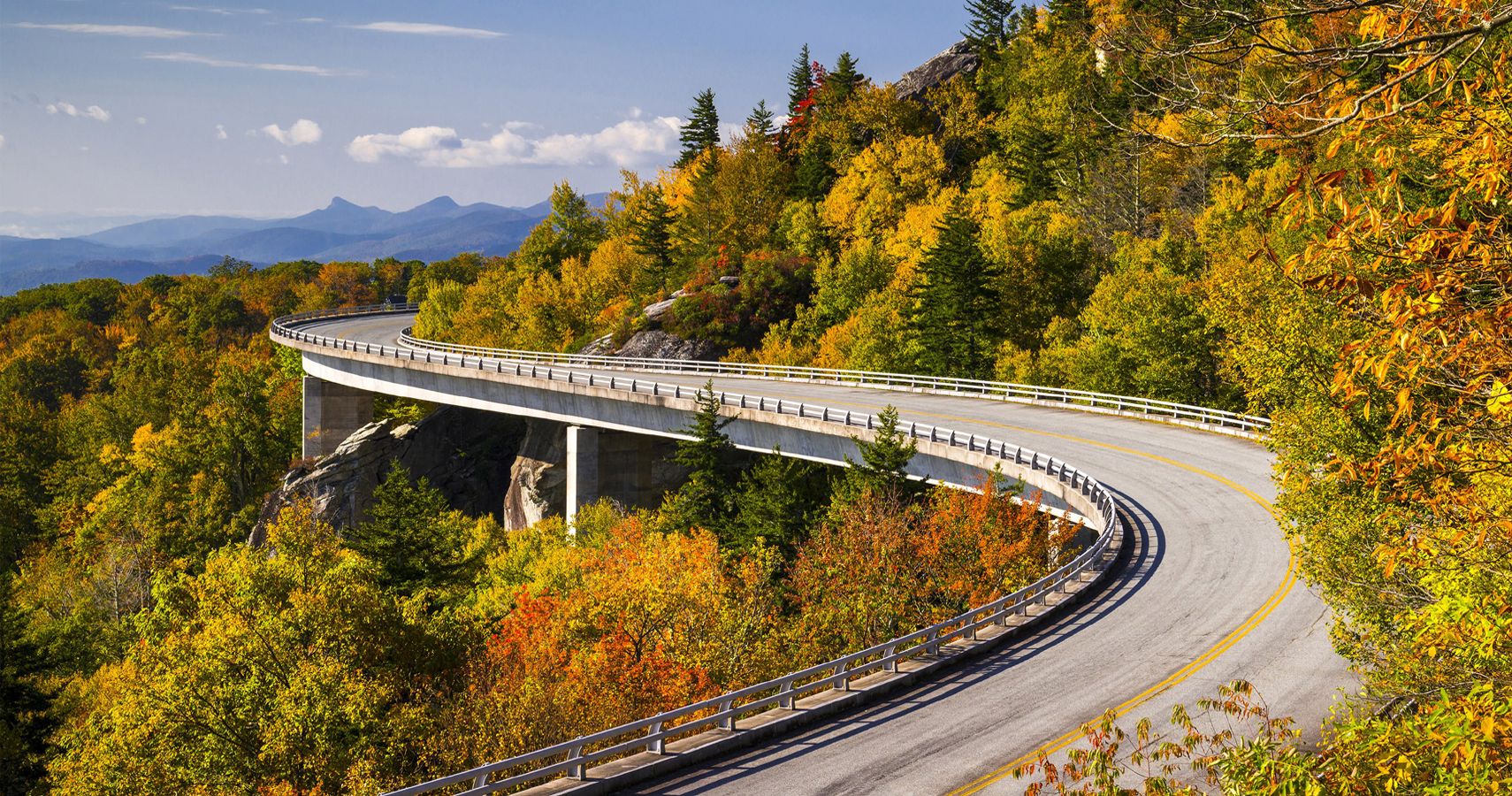The Golden Gate National Recreation Area let its guard down in 2017. The San Francisco attraction that boasts 19 unique ecosystems populated by more than 2,000 different animal and plant species, used to be the top national park attraction, with 14.9 million visits annually. But that didn't stop the North Carolina- and Virginia-based Blue Ridge Parkway from stealing top spot last year, with 16 million visits. Most of them took advantage of the 469-mile road to take a gander at the Appalachians, the home of some of America's most breathtaking scenery.
Those were some of the results compiled by National Park Service, which reported nearly 331 million visits to the recreational areas under its federal jurisdiction.
Others that made the list include the Great Smoky Mountains National Park, placing third with 11.3 million visits, Gateway National Recreation Area in fourth with 9.1 million visits and Lincoln Memorial in fifth with 7.9 million visits.
Rounding out the top ten in terms of visits were Lake Mead National Recreation Area (7.8 million), George Washington Memorial Parkway (7.5 million), Natchez Trace Parkway (6.3 million), Grand Canyon National Park (6.2 million) and Vietnam Veterans Memorial (5 million).
However, NPS assessed that 2017 levels were down by roughly 90,000 visits from 2016, which was a record-setting year. Much of the drop has to do with a decision by the Department of the Interior, which is in charge of national parks, to boost its entrance fees in April, 2o17 to clear up a NPS maintenance budget deficit as high as $12 billion. The decision affected 17 national parks which spiked fees from $30 to $35 per vehicle. None of the top 10 parks in the NPS assessment was included in the fee increase.
Earlier in April of this year, however, the Interior has been floating a plan to boost entrance fees even higher to $70. That sparked an angry response from domestic tourists who sent in roughly 100,000 emails to the department demanding the fees not be hiked. Some officials in the department have even expressed concern that the hikes would result in few visits to parks affected by the rate changes. Similar sentiments were echoed by the National Parks Conservation Association, the Wilderness Society and the Sierra Club.
Currently, the Department of the Interior is rethinking that proposal.

